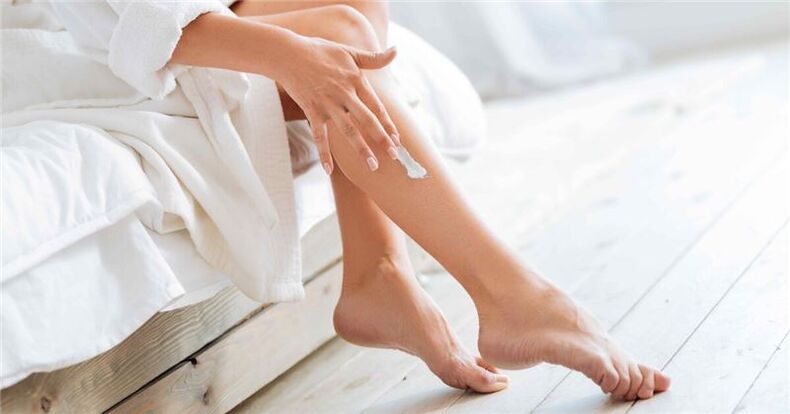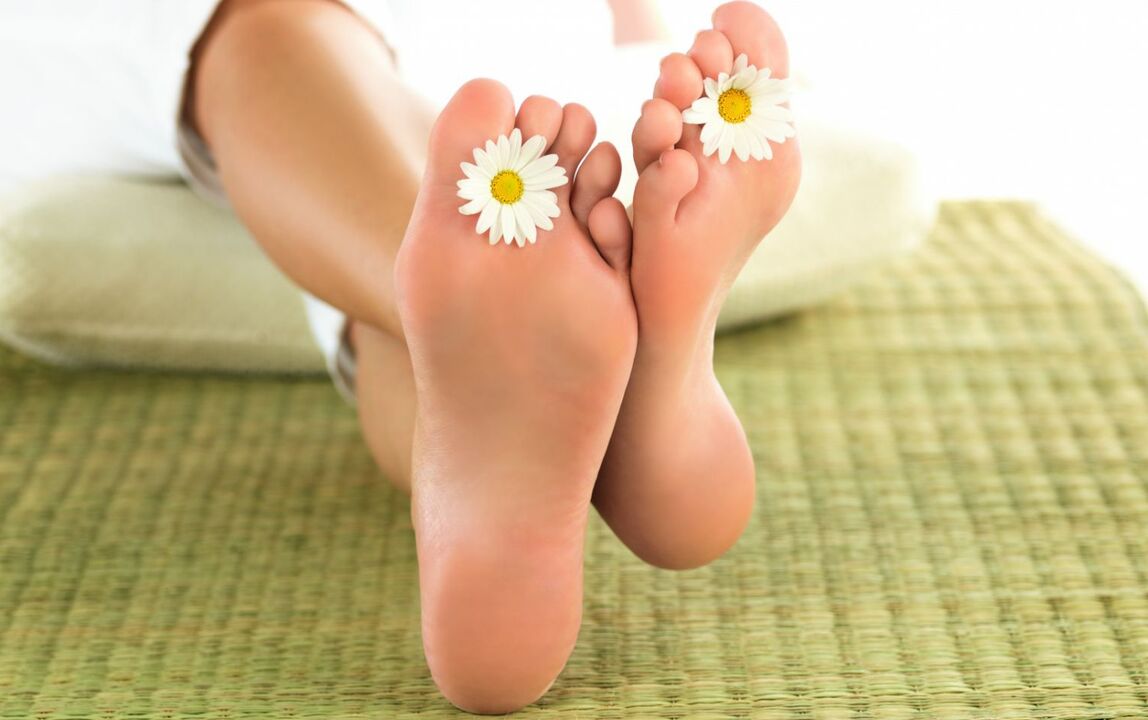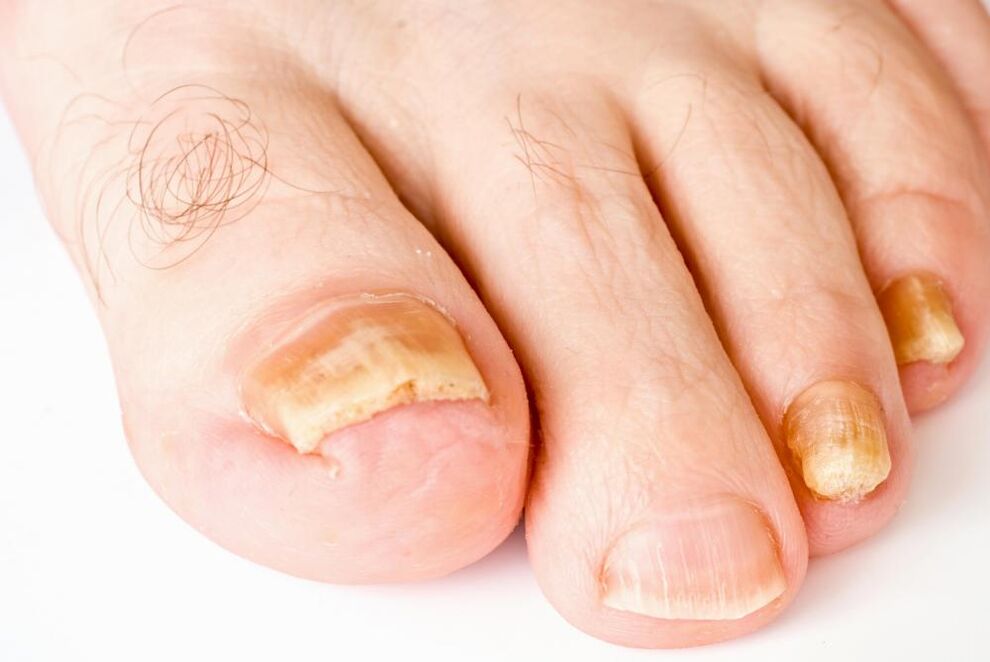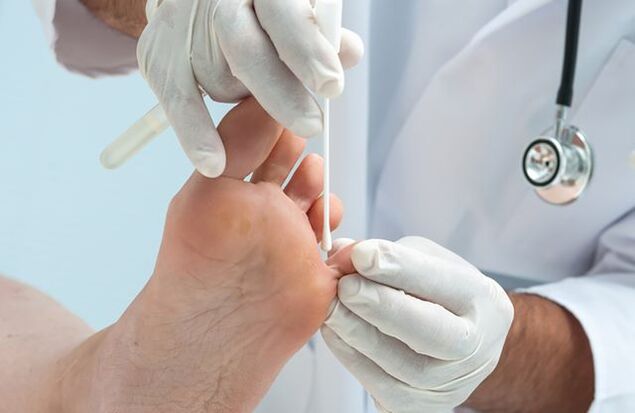Features of treating fungi with vinegar

vinegar bath
vinegar lotion
Treat toenail fungus with tea tree oil
How to cure onychomycosis quickly?

Effective treatment of advanced onychomycosis
Other Folk Remedies for Toenail Fungus

Onychomycosis in adults: symptoms, causes, treatment
Symptoms and signs of onychomycosis
- Increase plate thickness;
- Defects in the form of streaks, bends, irregularities and waves;
- Board delamination and chipping;
- Nails emit an unpleasant odor.
reason
- debilitating chronic diseases;
- Failure to comply with hygiene rules;
- Insufficient or unbalanced nutrition;
- Smoking and alcohol abuse;
- Exposure to debilitating external factors—hypothermia, excessive UV exposure, poisoning, radiation damage, etc. ;
- Long-term use of antibiotics or certain other drugs.
route of infection
- Direct contact with an infected person. Here, the fungus moves from its habitat into healthy areas, causing infection;
- Family way. In this case, the infection occurs while using the patient's personal belongings: shoes, personal hygiene products, etc.
- Direct contact with affected areas of another person's skin;
- When sharing towels, slippers, and personal hygiene products;
- using contaminated manicure tools;
- through contaminated clothing and shoes;
- Passing through soil, especially in the presence of skin microtrauma;
- Contact with pets.
risk factors
- diabetes;
- Varicose veins;
- Injury to nails and adjacent tissues;
- HIV and other immunodeficiency diseases;
- long-term antibiotic use;
- weakened immune system;
- Vascular and skin disorders, dermatitis, diaper rash;
- Disturbances in the blood supply to the limbs;
- Not enough hygiene.
complication
When to see a doctor
getting ready to see a doctor
Diagnosis of onychomycosis
- A biological sample of the affected tissue is cultured. To do this, it is placed in an artificial nutrient medium, in which the pathogen is cultured to determine its type;
- The polymerase chain reaction (PCR) method detects pathogen DNA in samples of affected tissue.

- Dermoscopy – Examination of affected areas of skin, hair, or nails to identify characteristic signs;
- Microscopic examination of scrapings to detect fungal mycelium;
- Bacterial culture on nutrient media not only identifies the type of fungus but also the best treatment;
- serology blood tests;
- PCR tests detect fungal genomes.
treat
home remedies
- iodine. Before use, feet must be steamed dry, washed with laundry soap, and the affected nail plate area removed. Next, treat the nails and the skin between the fingers with iodine, soak them in the soda solution for 20-30 minutes and dry thoroughly;
- vinegar. 1 tablespoon for 3 liters of water. apple cider vinegar and add a little potassium permanganate. Soak your feet in the bathtub for 20-30 minutes, then dry them thoroughly;
- hydrogen peroxide. After thoroughly steaming your feet, remove the affected nail plate area. Place a cotton pad soaked in hydrogen peroxide over it, wrap it with a bandage, and leave it for half an hour.
prevention
- Prompt treatment of systemic diseases;
- Don’t wear other people’s shoes;
- Wear slates in pools and saunas;
- Change socks daily and follow personal hygiene rules;
- Do not wear wet shoes – dry them thoroughly;
- Avoid direct contact with potential fungus carriers.
















